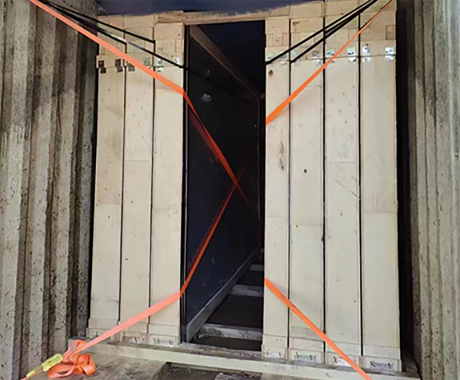

Understanding the Types of Low-E Glass
Low-emissivity (low-E) glass is a type of energy-efficient window glazing designed to minimize the amount of infrared and ultraviolet light that comes through the glass without compromising the amount of visible light transmitted. This technology has become increasingly popular in residential and commercial buildings due to its ability to enhance energy efficiency. Understanding the different types of low-E glass can help consumers make informed choices when selecting windows for their properties.
1. Hard coat Low-E Glass
Hard coat low-E glass, also known as passive low-E glass, is produced by applying a microscopically thin layer of metallic oxide to the surface of the glass during the manufacturing process. This type of low-E glass is typically used in climates that require solar heat gain, as it allows a significant amount of sunlight to enter. Hard coat low-E glass reflects infrared radiation while still allowing visible light to pass through, contributing to natural heating during colder months. Its durability makes it suitable for various applications, including residential windows and commercial façades.
2
. Soft coat Low-E GlassIn contrast to hard coat low-E glass, soft coat low-E glass is manufactured by placing the low-E coating on the glass surface in a vacuum environment, leading to a more effective and precise coating. Soft coat low-E glass offers superior thermal performance, reflecting more infrared radiation and allowing less heat to escape, making it ideal for colder climates. It generally has a lower U-value, indicating better insulation properties. This glass type is often used in high-performance architectural applications and can be combined with double or triple glazing for enhanced energy efficiency.

3. Dual Low-E Glass
Dual low-E glass combines both hard and soft coat technologies, effectively merging their benefits. By applying a soft coat on the interior side and a hard coat on the exterior side, this type of low-E glass offers excellent thermal insulation while providing durability against scratches and environmental damage. Dual low-E glass is versatile, suitable for various climatic conditions, and is particularly effective in reducing energy costs associated with heating and cooling.
4. Low-E Glass with Argon Gas Filling
In addition to the low-E coatings, many modern double or triple-glazed windows incorporate argon gas between the panes. Argon is a non-toxic, inert gas that significantly improves thermal performance by reducing heat transfer. When combined with low-E glass, argon gas filling enhances insulation, helping maintain comfortable indoor temperatures while further minimizing energy consumption.
Conclusion
The choice of low-E glass is crucial for ensuring energy efficiency in buildings. With various types, including hard coat, soft coat, dual low-E, and options with argon gas filling, consumers can select the most appropriate solution for their specific climate and needs. Investing in low-E glass not only contributes to energy savings but also enhances the comfort and aesthetic appeal of homes and commercial properties. As sustainability becomes increasingly important in construction and design, understanding the different types of low-E glass will empower consumers to make choices that benefit both their wallets and the environment.